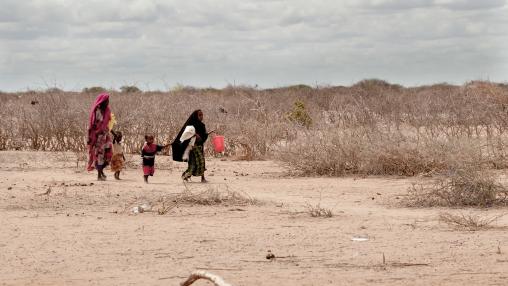
Global Report on Food Crises Midyear Update: SSA Continues to Grapple with High Levels of Acute Food Insecurity
While some countries in Africa South of the Sahara have seen improvements in food security in 2023, the region as a whole continues to be plagued by food crises, according to the Global Report on Food Crises (GRFC) 2023 Midyear Update. East Africa has been the hardest hit, with nearly 65 million people in the region having experienced high levels of acute food insecurity in the first half of 2023, up 8 million from 2022.

Agrifood System Transformation in Rwanda: Development Impacts
Between 2000 and 2019, Rwanda’s economy grew by over 7 percent annually. This rapid and significant expansion was driven in part by transformation in the country’s agrifood sector. A recent project note by IFPRI’s Rwanda Strategy Support Program examines that transformation, particularly how the growth of different agrifood value chains has impacted poverty reduction, hunger and nutrition, economic growth, and employment in the country.
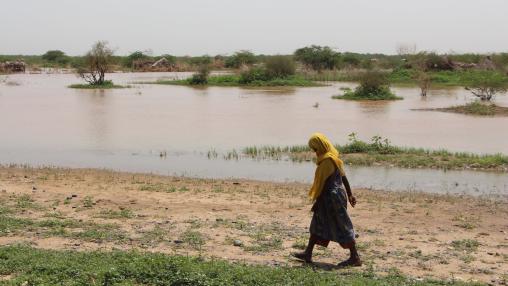
122 Million More People Were Hungry in 2022: 2023 SOFI Report Released
The number of people facing hunger around the world has increased by more than 122 million from 2019, according to the newly released annual State of Food Security and Nutrition in the World (SOFI) report, , a joint publication by the UN Food and Agriculture Organization (FAO), International Fund for Agricultural Development (IFAD), UNICEF, World Food Programme, and World Health Organization (WHO).
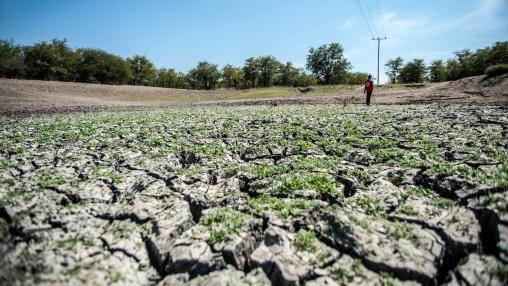
Acute Food Insecurity Rampant in Africa South of the Sahara: GRFC Released
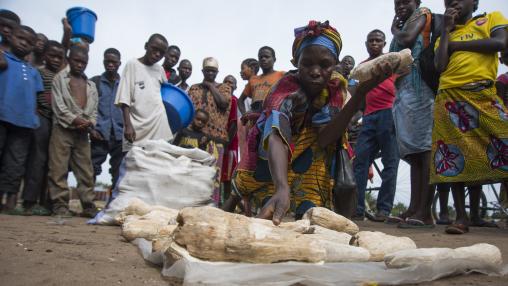
Acute Hunger Continues to Rise in Africa South of the Sahara: 2023 Global Food Policy Report Released
In Africa south of the Sahara, the share of the population facing food insecurity is more than double that of any other region in the world, according to IFPRI’s 2023 Global Food Policy Report: Rethinking Food Crises Responses. Approximately 282 million people in Africa south of the Sahara, or around 20 percent of the population, were undernourished and food-insecure in 2021.
How a Focused Budgeting Activity Increased Savings across the Hungry Season in Zambia
The hungry season—a period of shortfalls in food and savings before the following harvest—is a common feature of life for rural families in many developing countries. To make up for these shortfalls, many farmers turn to casual wage labor to buy food or cut back on investments that could increase next year’s yields. While both decisions keep a family fed, they also compromise the family’s potential. Recent research support by USAID has found a way to mute these impacts and set families up for a better future.
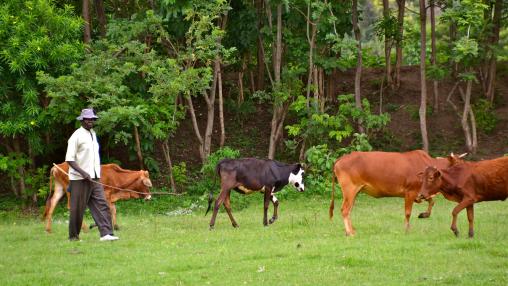
Rainy Season Begins in Kenya But Food Security Challenges Remain
The long rainy season in Kenya got off to a relatively good start in March, according to an update from FEWS Net. While the precipitation has begun to replenish water levels reduced by five consecutive seasons of below-average rainfall, however, much of the country continues to struggle with the high food prices, reduced agricultural productivity, and reduced livelihoods caused by the prolonged drought.
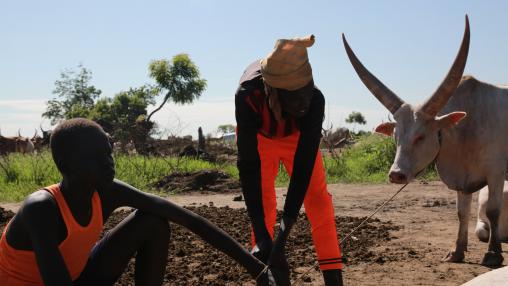
Humanitarian Crisis Continues in Horn of Africa
The eastern Horn of Africa continues to experience acute hunger and food insecurity, according to FEWS Net. The region has faced multiple shocks in recent years, including a historic five-season drought, multiple conflicts, and economic shocks; all of these factors have contributed to drastically lowering agricultural and livestock productivity, reducing livelihoods, and driving poor populations into ever-worsening hunger.

Famine Averted, But Somalia Still at Risk
Somalia will likely avoid widespread famine, due to scaled up humanitarian assistance and marginally improved rainfall; however, the situation within the country remains critical. After three consecutive years of drought, millions of Somalis are facing acute food insecurity and hunger, and the risk of famine remains in several areas of the country.
Impacts of Global Shocks on Poverty, Hunger, and Diets
Please join us for a presentation by Xinshen Diao and James Thurlow with the International Food Policy Research Institute (IFPRI) on their latest round of country impact modeling.
This analysis examines the impact of recent and potential global shocks on poverty, hunger, and diets across 17 countries. These shocks include the COVID-19 pandemic, high global commodity prices, and a potential global economic slowdown in 2023.